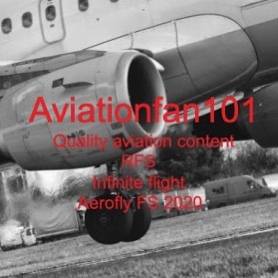WestJet, the Canadian low-cost carrier, will modify its Boeing 737 fleet’s fuel tanks to comply with the FAA’s Fuel Tank Flammability Reduction (FTFR) Rule. To achieve this, the airline has chosen Jetaire Group’s Invicta product, a lightweight, proprietary reticulated polyurethane foam solution that lines fuel tanks to suppress fuel ignition. The foam-based kit fills the oxygenated space in the tank, inhibiting fuel movement and preventing changes in weight distribution and friction that could lead to sparks.
Canadian MRO provider KF Aerospace will handle the installation of Invicta under its recent agreement with Jetaire to jointly market the product to Canadian customers. Invicta installations typically take 2-4 days for narrowbody aircraft and 4-5 days for widebody aircraft, making them quicker and simpler than other fuel tank inerting products.
The FAA’s FTFR rule mandates certain transport category aircraft to incorporate flammability reduction or ignition mitigation means. This includes products like nitrogen inerting or foam solutions like Invicta. Many FAA-issued airworthiness directives for aircraft without these safety measures have compliance deadlines in 2026.
Jetaire recently obtained Transport Canada’s approval of its supplemental type certificate (STC) for installing Invicta on Boeing 737NG aircraft, ensuring compliance with FAA airworthiness directive 2020-18-13. The company also holds FAA approvals for Invicta installations on 737s, 757s, and 767s, as well as Airbus A320 aircraft. It is working on STC approval for Invicta on 777 and A330-200 series aircraft and expects to complete the STC for the A330-200 in August or September, with the 777 STC anticipated to be finished by the third quarter of 2024.
Jetaire has received regulatory approvals for Invicta from the European Union Aviation Safety Agency, Brazil’s National Civil Aviation Agency, and Mexico’s Agencia Federal de Aviacion Civil. The adoption of Invicta and similar products reflects the aviation industry’s commitment to enhancing safety and compliance with evolving regulations related to fuel tank explosion prevention and flammability reduction.


